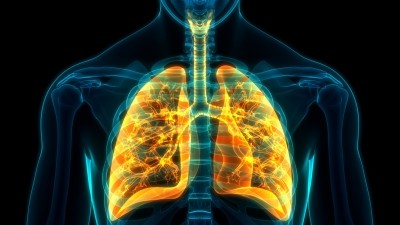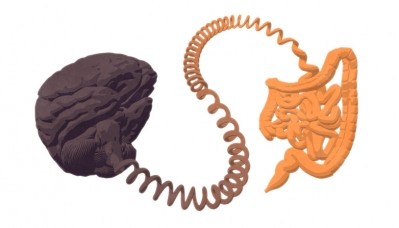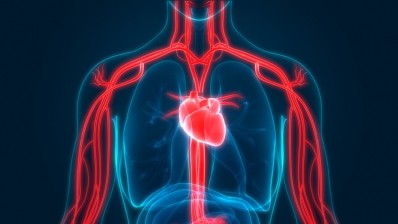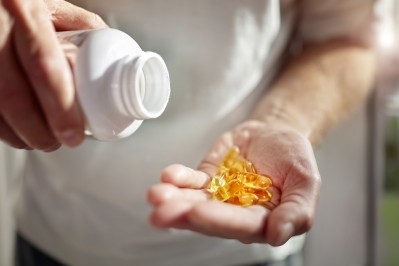New study unlocks the doses needed to achieve an optimal Omega-3 Index
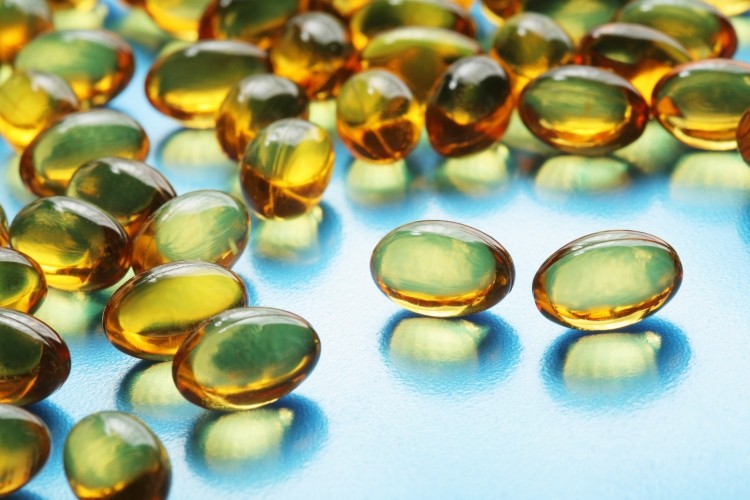
The Omega-3 Index measures the level of long-chain omega-3 fatty acids, EPA+DHA, in red blood cell membranes expressed as a percent of total fatty acids.
An Omega-3 Index in the range of 8-12% is one indicator of better overall health, and may help to maintain heart, brain, eye and joint health as a part of an overall healthy lifestyle.
Writing in the American Journal of Clinical Nutrition, an international team, led by scientists from Penn State University and OmegaQuant Analytics, reported that for 95% of people to raise their Omega-3 Index from approximately 4% to 8%, a dose of 2 g/d EPA + DHA is needed, and that omega-3 supplements in the triglyceride form increased omega-3 index levels more than supplements with omega-3s in the ethyl ester form.
“A dose of about 2000 mg/d of EPA + DHA is much higher than current recommended intakes to reduce CVD [cardiovascular disease] risk,” wrote the researchers. “The 2015–2020 Dietary Guidelines for Americans recommend 8 oz of fish per week, which is said to be equivalent to about 250 mg/d EPA + DHA, and the American Heart Association recommends 1–2 servings of “oily” fish per week (assumed to approximate 500 mg/d EPA+DHA) to reduce CVD risk.
“Using the model and assuming the TG [triglyceride] form, these EPA + DHA intakes would increase the O3I from 4% to ∼6%.”
Omega-3 Index
The Omega-3 Index test was invented by Dr William Harris, PhD, of the Sanford School of Medicine at the University of South Dakota, along with a collaborator. Dr Harris is also the president of OmegaQuant, the company he founded to manufacture and market the test kits. The minimally invasive test, which has been on the market for several years, easily measures omega-3 levels in the blood.
The new study aimed to model how the Omega-3 Index is affected by EPA + DHA supplementation.
Using data on 1,422 people from 14 published omega-3 intervention trials, the researchers developed a model equation that could predict the impact of Omega-3 Index, taking into account baseline levels, dosages, and the chemical form consumed.
The model equation could be used in two ways: the predict the final Omega-3 Index based on baseline index scores and the dose used, or to calculate the dose needed to achieve a target Omega-3 Index.
For example: “[O]ne can calculate the approximate EPA + DHA doses (TG forms) to achieve a mean O3I of 8% in 13 weeks: 2200 mg/d for a baseline O3I of 2%, 1500 mg for a 4% baseline, and 750 mg for a 6% baseline.
“Using this example, we predict that the minimum dose … of EPA + DHA necessary to be 95% certain that the mean baseline O3I of 4% will increase to 8% (in 13 weeks) is ∼1750 mg/d of TG or 2500 mg/d of EE. The daily dose needed over a lifetime to achieve an O3I of 8% is likely much lower.”
The scientists noted that data for krill oil were available. Omega-3s in krill oil are in a different chemical form – the phospholipid form – and giving omega-3s in this form might affect the model as was observed with the other forms of the ingredient.
“[T]he equation developed here can aid in predicting population O3I changes, but because of the large interindividual variability in the O3I response to EPA + DHA supplementation, it will likely be less useful in the clinical setting where direct testing of the O3I would be the preferred approach to assessing EPA + DHA status,” they concluded.
Source: The American Journal of Clinical Nutrition
Published online ahead of print, doi: 10.1093/ajcn/nqz161
“Predicting the effects of supplemental EPA and DHA on the omega-3 index”
Authors: R.E. Walker, et al.
